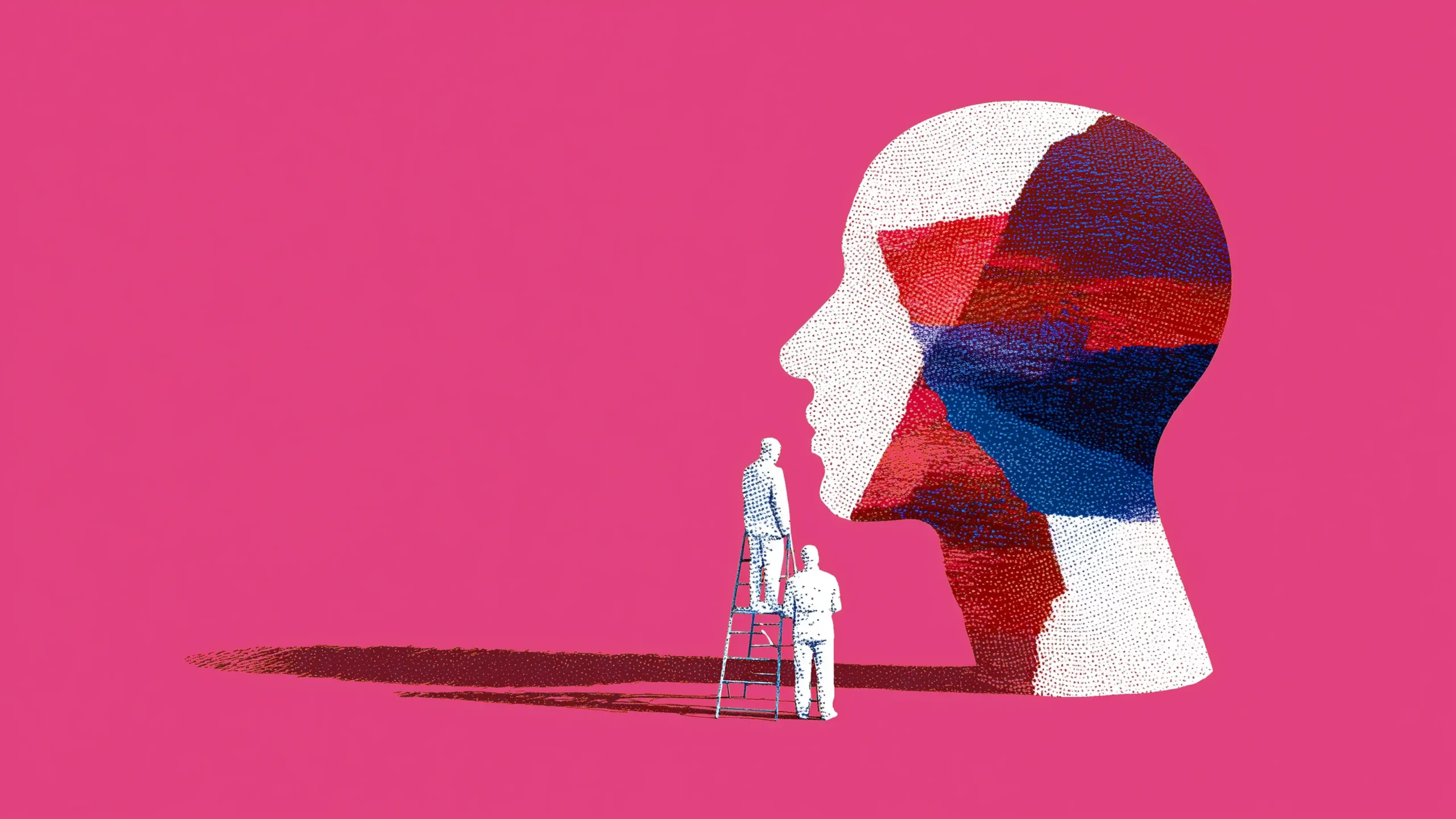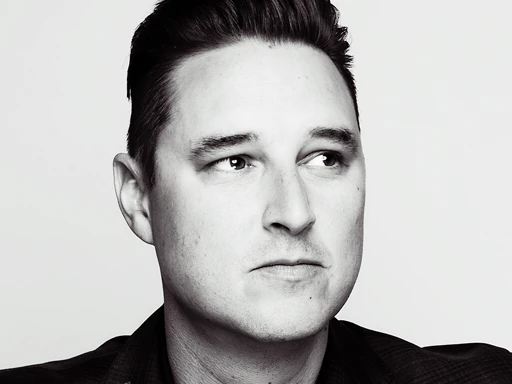While the scale and complexity of the problems designers face today are great, there are strategies for Responsible Design that can be helpful. Our recent Digitalks webinar featuring Andy Vitale, Vice President of Product Design and Content at Quicken Loans and Rocket Mortgage, was centered around this important topic.
We pulled out the highlights of his amazing 45-minute presentation. Of course, if you like what you see, you can check out the full webinar here on demand.
A Responsibility to Understand Responsible Design
First and foremost, Responsible Design means designing products that are safe. Andy pointed to the example of the erroneous missile alert that was sent out to residents of Hawaii. While user error played a part, poor information architecture design allowed the mistake to happen. Andy suggests we need to slow down and measure and evaluate the impact our designs are having on people.
Avoiding Harm's Way
Andy discussed the “types of harm” that Spotify's design team has identified. Physical harm can be when an addictive UI in a game causes inactivity. Emotional harm is a betrayal of trust or privacy, the exposure of personally identifiable information. Societal harm could be caused by the political polarization that occurs as a result of algorithms that drive newsrooms to publish sensational stories.

Design Is A Superpower
As the saying goes, with great power comes great responsibility. It's a privilege for designers to affect so many and make a difference in so many lives. Andy suggests the need for policies and governance models with respect to the moderation of social media platforms.
Design Ethics & Sustainability
Andy spoke about the importance of applying design ethics to the things designers create. He gave an example of Playpumps (a playground carousel-like apparatus designed to extract water from wells) as a non-sustainable design. In order for a Playpump to be effective, kids would have to play on it 27 hours a day.
Universal, Accessible, and Inclusive Design
Andy brought up the differences between Universal, Accessible, and Inclusive Design. Universal Design being products designed for use by all people with no adaptation, like curb cuts in sidewalks.) Accessible Design being products and services that are accessible to all. Since 2005, the British Standards Institute has been describing Inclusive Design as “mainstream products and/or services that are accessible to, and usable by, as many people as reasonably possible…without the need for special adaptation or specialized design.”

Responsible Design Best Practices
Andy's webinar closed with some best practices for Responsible Design. The recommendations include everything from maintaining transparency, letting users know how their data is being used, to being data-informed (as opposed to data driven). It takes more than just raw data to make good design decisions. Most importantly, Andy says design needs to embrace diversity, because doing so leads to better outcomes, solutions and products.
We'd like to thank Andy for a terrific presentation and we encourage you to watch and let us know what you think!
Latest.

Reimagining org design in the fast-paced new world of AI.
Insights from InsideOut, Leadership & Management, Content & Creative

Meet the new emerging role: AI Trainer
Career Advice, Leadership & Management, Engineering & Technology, Innovation & Emerging Tech, Talent Acquisition & Recruitment

The great AI investment paradox.
Leadership & Management, Engineering & Technology, Innovation & Emerging Tech

